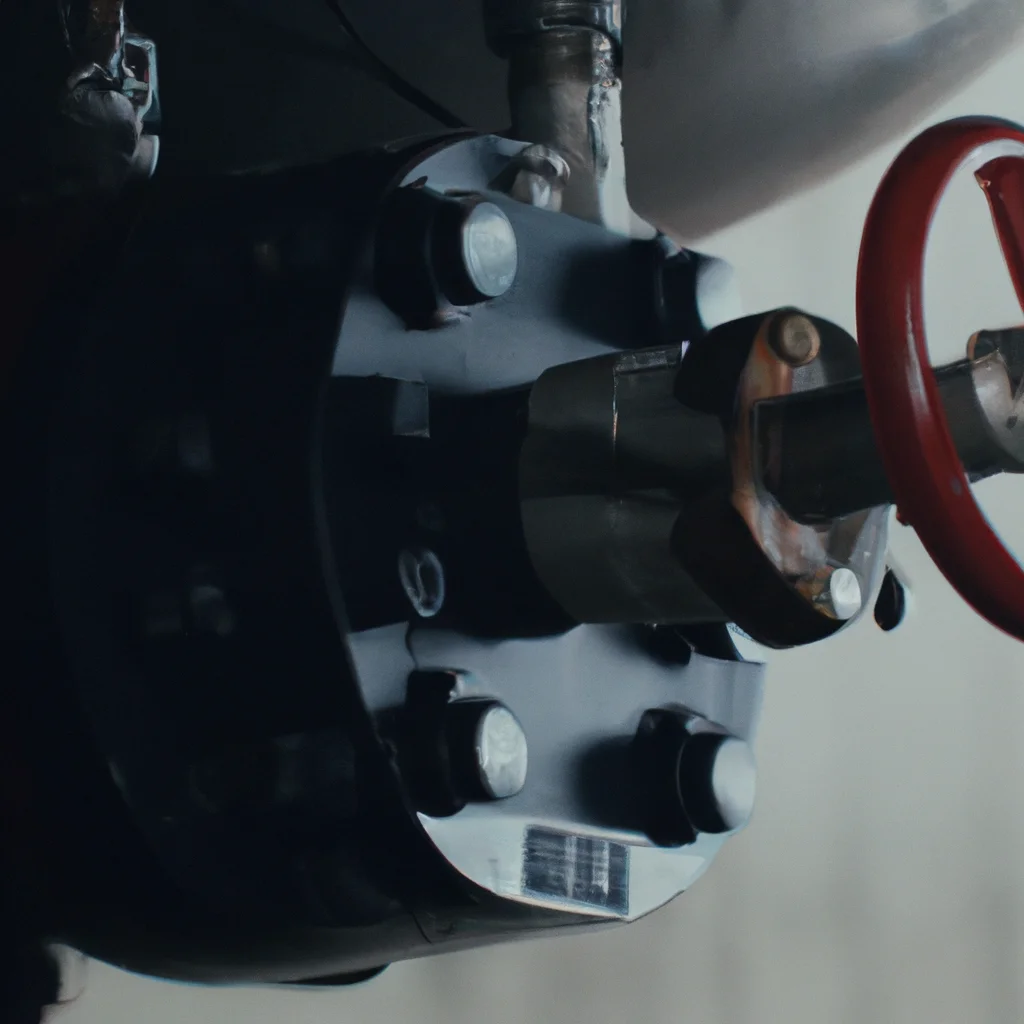How does a jet pump work?


How does a jet pump work?
Jet pumps are powerful and versatile pumps that are commonly used in a wide range of applications, including water pumping, oil and gas production, and wastewater treatment. But how do they work? In this article, we will explore the working of jet pumps, their operation, performance, efficiency, types, and applications.
What is a Jet Pump?
A jet pump is a type of pump that uses a high velocity fluid jet to create suction and draw fluid from a well, tank, or other source. The fluid jet is typically created by a nozzle or venturi, which constricts the flow of fluid and increases its velocity. The high velocity jet creates a low-pressure zone that draws fluid from the source and mixes it with the jet fluid, which then exits the pump as a combined fluid stream.
Jet Pump Operation
Jet pumps are typically powered by an electric motor or an engine, which drives a centrifugal pump or a reciprocating pump that supplies the fluid to the nozzle or venturi. The nozzle or venturi is located at the inlet of the pump, and its size and shape are critical to the performance and efficiency of the pump.
When the pump is started, the fluid is forced through the nozzle or venturi at high velocity, creating a low-pressure zone at the inlet of the pump. This low-pressure zone draws fluid from the source and mixes it with the jet fluid, which exits the pump as a combined fluid stream.
Jet Pump Performance
The performance of a jet pump is affected by several factors, including the size and shape of the nozzle or venturi, the flow rate and pressure of the fluid, the depth and height of the source, and the distance and elevation of the discharge.
The efficiency of a jet pump depends on its ability to convert the kinetic energy of the fluid jet into pressure energy at the outlet. This is known as the jet pump efficiency, which is typically expressed as a percentage of the input power.
Jet Pump System
A typical jet pump system consists of a pump, a source, a discharge, and a control valve or switch. The pump is typically located near the source, and the discharge is located at a higher elevation or distance from the source.
The control valve or switch is used to regulate the flow rate and pressure of the fluid, and to turn the pump on and off. Some jet pump systems may also include a pressure tank or a check valve to maintain a constant pressure at the discharge.
Jet Pump Design
Jet pumps are available in a wide range of designs and configurations, including single-stage, multi-stage, shallow-well, deep-well, and convertible models. Single-stage jet pumps are used for shallow wells or low flow rates, while multi-stage jet pumps are used for deep wells or high flow rates.
Shallow-well jet pumps are designed to lift water from a well or tank that is less than 25 feet deep, while deep-well jet pumps are designed to lift water from a well that is more than 25 feet deep. Convertible jet pumps can be used for both shallow and deep wells, and can be easily converted by changing the nozzle or venturi.
Jet Pump Technology
Recent advances in jet pump technology have led to the development of high-efficiency jet pumps that can operate at higher flow rates and pressures, and with lower energy consumption. These pumps use advanced materials, coatings, and designs to improve the performance and reliability of the pump.
Jet Pump Applications
Jet pumps are widely used in various applications, including water supply and irrigation, oil and gas production, wastewater treatment, and chemical processing. They are also used in firefighting, mining, and construction, where high-pressure water jets are required.
Conclusion
Jet pumps are powerful and versatile pumps that are commonly used in a wide range of applications. They work by using a high velocity fluid jet to create suction and draw fluid from a well, tank, or other source. The performance and efficiency of jet pumps depend on their design, operating conditions, and application. With recent advances in jet pump technology, these pumps are becoming more efficient, reliable, and cost-effective, making them an attractive option for many applications.
Recent Posts
How do I create an engaging and informative online quiz or assessment?
Creating an engaging and informative online quiz or assessment can be a powerful tool for… Read More
What are the most effective methods for managing and reducing work-related stress in the hospitality industry?
Work-related stress is a common issue in the hospitality industry, where employees often face long… Read More
How can I improve my assertiveness and communication skills in a leadership position?
In a leadership position, assertiveness and effective communication skills are crucial for success. Being able… Read More
What are the key elements of a successful employee recognition and rewards program?
Employee recognition and rewards programs play a crucial role in motivating and engaging employees, as… Read More
How do I effectively manage and respond to customer feedback and reviews?
Customer feedback and online reviews play a crucial role in shaping a company's reputation and… Read More
What are the best strategies for effective time management as a stay-at-home parent?
Effective time management is crucial for stay-at-home parents who juggle multiple responsibilities on a daily… Read More